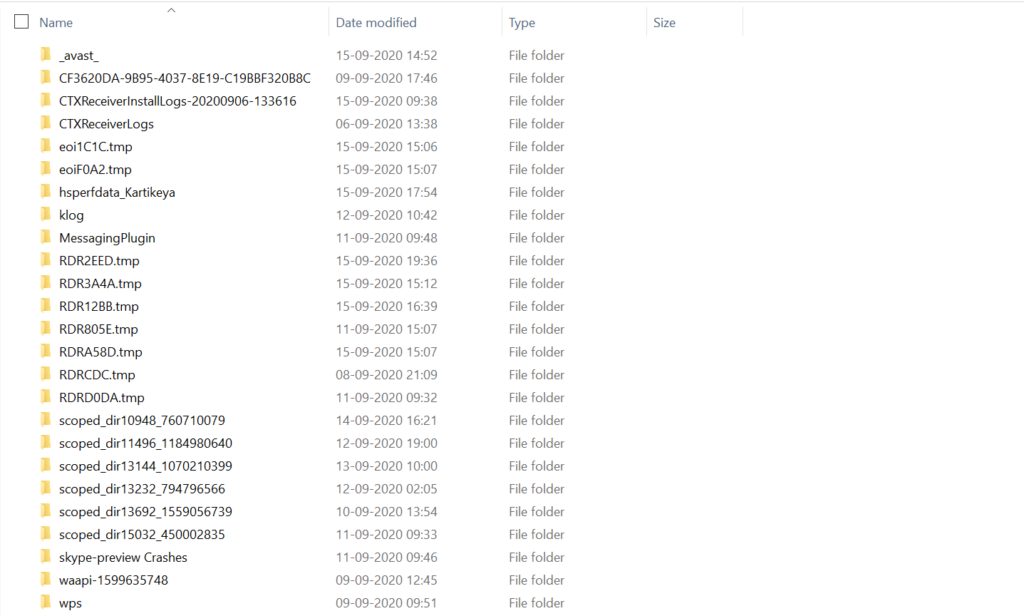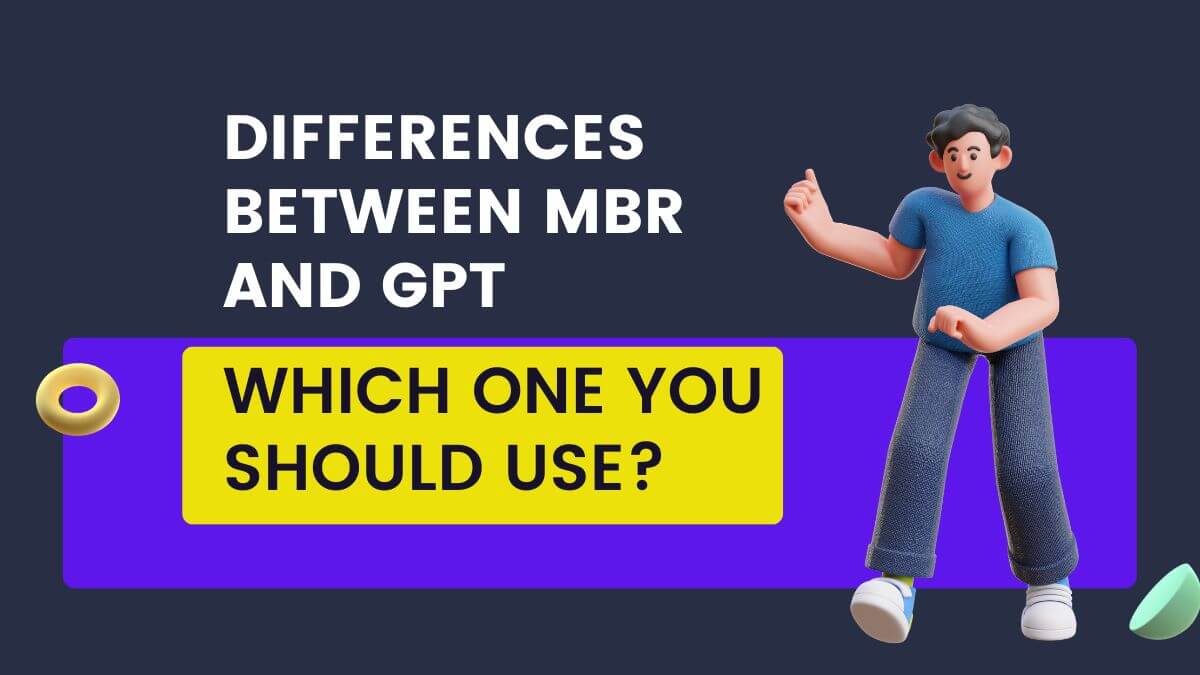How to fix most common issues with Windows Search function?
Windows search function is very important feature in the operating system. It allows us searching and locating any file available on the hard drive of our system, saving us a lot of time in manually trying to recall and find where a file might be located.
However, there can be many instances when the search function does not work as intended. It can leave us frustrated.
If you have encountered a problem in Windows search or after updating/upgrading, your search console is not opening, you are in the right place.
Today at Digital Gyan, we will discuss some of the most common issues with the search function of Windows 10 and 11 how to fix them.
Problem 1: Slow Search Performance
Many users report experiencing sluggish search performance, during which the search results take too long to populate or the search itself is considerably delayed.
There are several potential causes behind this issue. Insufficient system resources, such as RAM, can significantly impact the speed of the search function. Furthermore, using an outdated Windows version or unpatched updates might lead to compatibility issues that slow down the search process. Lastly, indexing issues can result in a sluggish search experience.
To resolve slow search performance, first, consider allocating additional RAM to your system to improve overall performance. Secondly, ensure that your Windows version is up to date and that you have installed all available updates. This will ensure better compatibility and potentially address any bugs affecting the search function. Lastly, rebuilding the search index can help eliminate any inconsistencies and improve accuracy and speed. To do this, navigate to the Indexing Options in the Control Panel and click on the “Advanced” button. From there, choose the “Rebuild” option to initiate the process, which may take some time to complete.
Problem 2: Inaccurate or Missing Results
Another common issue Windows users encounter with the search function is the presentation of inaccurate or missing results. This can be frustrating, as it prevents users from finding the files, applications, or settings they need.
The root causes of this issue can vary. A corrupted or incomplete search index is a common culprit, as it can lead to inaccurate search results. Additionally, the search function may exclude certain file extensions from being indexed, which can result in missing results. Misconfigured search settings can also hinder accurate search results.
To address this issue, start by rebuilding the search index as mentioned earlier. This will help eliminate any corruptions or inconsistencies in the index, improving the accuracy of search results. Additionally, check the indexing options in the Control Panel to ensure that all file extensions you wish to search for are included in the list. Finally, review your search settings to identify any misconfigurations that might be impacting the accuracy of the search function.
Problem 3: Cortana is Unable to Search Desktop
Cortana, the virtual assistant integrated into Windows 10, is designed to assist users in various tasks, including desktop searches. However, there may be instances when Cortana fails to successfully locate files, applications, or desktop settings.
This issue can be attributed to several causes. Inactive Cortana or search settings can hinder its functionality, preventing it from searching the desktop effectively. Furthermore, a corrupted Cortana application or certain privacy settings may also interfere with its ability to retrieve search results from the desktop.
To resolve this issue, begin by verifying that both Cortana and search settings are active and properly configured. Open Cortana’s settings and ensure that the necessary options, such as “Let Cortana respond to ‘Hey Cortana'” and “Pressing the Windows logo key + S” are enabled. If Cortana is still not functioning correctly, you may need to reinstall the Cortana application.
Use the PowerShell to execute the command “Get-AppXPackage -AllUsers | Foreach {Add-AppxPackage -DisableDevelopmentMode -Register “$($_.InstallLocation)\AppXManifest.xml”}” to reinstall Cortana.
Lastly, review your privacy settings and ensure that they allow Cortana to access the necessary resources on your system.
Problem 4: High CPU Usage by Search Indexer
Some users notice an increase in CPU usage caused by the Search Indexer service, leading to reduced system performance.
The elevated CPU usage in this case can be caused by several factors. The intensive indexing processes carried out by the Search Indexer service can sometimes overburden the CPU, resulting in reduced system performance. Misconfigured indexing options or a corrupted search index can also contribute to higher CPU usage.
To address high CPU usage by the Search Indexer service, consider limiting indexing to essential file locations only. This can help reduce the indexing workload and subsequently alleviate the strain on the CPU. Additionally, reviewing and tweaking the indexing options can promote efficient CPU utilization. For instance, you can exclude certain file types or folders that you rarely search for. Lastly, rebuilding the search index as mentioned earlier can help eliminate any corruptions and reduce CPU usage.
Problem 5: “No Results Found” Error
When conducting a search on Windows, you may sometimes encounter an error message stating “No Results Found,” despite performing what appears to be a suitable search. This can be frustrating and confusing, especially when you know the files or settings you’re looking for should be present.
Several factors can contribute to this error. It is possible that certain files or folders have been excluded from indexing, preventing them from appearing in search results. Additionally, disabled search services can hinder the search function’s ability to retrieve results. In some cases, damaged system files may also cause this error.
To resolve this issue, ensure that the files or folders you are searching for are included in the indexed locations list in the search settings. By doing so, you allow the search function to include those specific locations in its search results. Additionally, check if the search services are enabled. If disabled, enabling them should allow the search function to retrieve results effectively. Lastly, you can run the System File Checker (SFC) to repair any corrupted system files that might be causing the error. To run SFC, open the Command Prompt as an administrator and type “sfc /scannow,” then press enter.
Extra Solution Tips: Clearing Temporary Files
Sometimes, a cache problem or corrupt file might block the Search functionality. Press Windows + R and type %temp%, and permanently delete these files and folders. Don’t worry; you will not lose any important file or document. It’s just some Junk, expired temporary cache files.

If some of the files don’t delete, then leave them. After doing this, restart your computer and check for the search functionality.

Check for the SearchUI.exe process
Sometimes, there might be an issue with your pc, which might block or close your SearchUI process. This process is essential for Windows Process.

To fix this, press Ctrl + Alt + Delete, and then open Task Manager. Expand the Task Manager if you are viewing limited apps.
Under the Details tab, check for the SearchUI.exe process.
Right Click on it and click on End Process.

And then Restart your Computer.
If you don’t find the SearchUI.exe process, go to Services, click on Open Services, try to see it, and Run the SearchUI process again. This will surely fix the error.
Run the Troubleshooter
1 Select Start, then select Settings.
2 In Windows Settings, select Update & Security > Troubleshoot. Under Find and fix other problems, select Search and Indexing.
3 Run the troubleshooter and select any problems that apply. Windows will try to detect and solve them.
Ok, so by now, if the issue hasn’t been resolved, try to do these steps.
Conclusion
Windows users heavily rely on the search function for quick and efficient access to files, applications, and settings. However, encountering issues with the search feature can disrupt productivity and cause frustration. By following the troubleshooting techniques outlined in this blog post, you can confidently address common issues that may hinder the performance of the Windows Search function. Restoring its optimal functionality will undoubtedly enhance the overall Windows experience, enabling you to harness the power of effective search functionality with ease.

